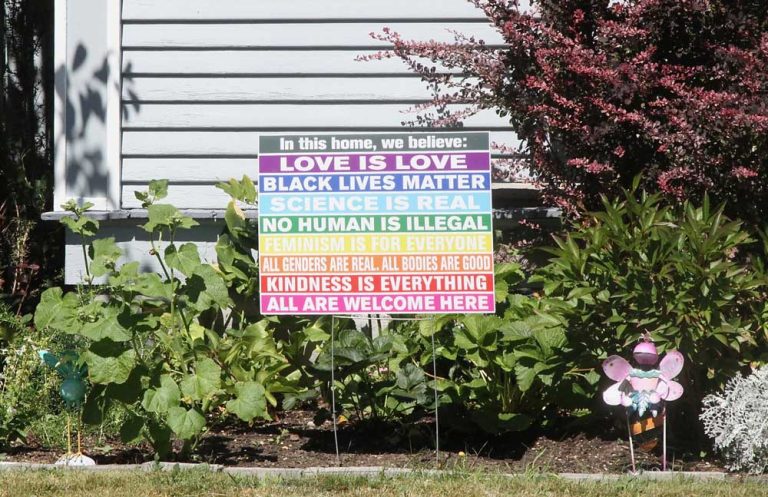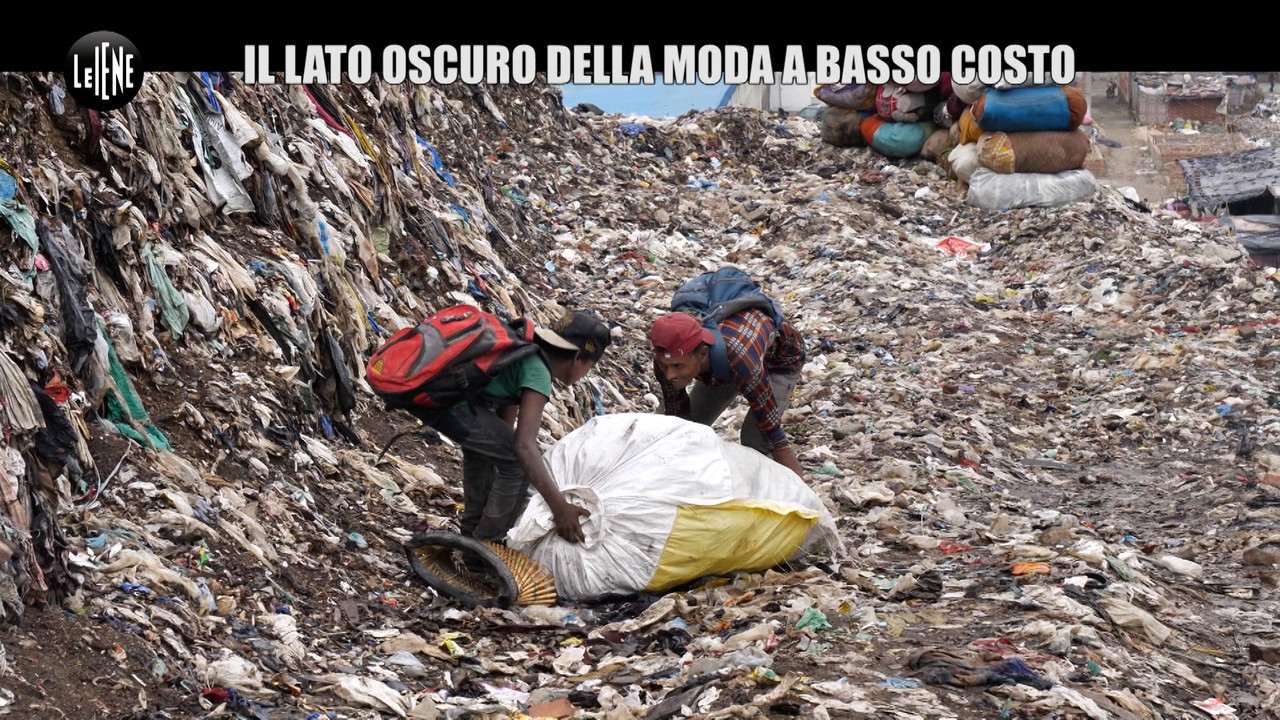Is Virtue Signaling Killing Architecture? A Candid Conversation

Table of Contents
The Rise of "Virtue Signaling" in Architectural Design
"Virtue signaling," in the context of architecture, refers to the practice of designing buildings that outwardly project an image of sustainability, social responsibility, or innovation, without genuinely embodying these values. This might manifest as buildings designed to showcase sustainability credentials – boasting solar panels as a mere façade, or featuring green roofs that are ultimately inefficient – without genuine ecological impact. Similarly, designs may prioritize striking aesthetics over functionality and accessibility, creating visually impressive but ultimately impractical structures.
The motivations behind this trend are multifaceted. Architects and developers may engage in virtue signaling to enhance their marketing appeal, attract investors seeking environmentally conscious projects, or superficially comply with green building certifications. The pursuit of awards and media attention also plays a significant role.
-
Examples of architectural projects accused of virtue signaling: The overuse of greenwashing in marketing materials for luxury high-rises, presenting minimal energy efficiency improvements as major breakthroughs. Buildings with ostentatious green features that are impractical or costly to maintain. The use of expensive, “sustainable” materials with a high carbon footprint during transportation and manufacturing.
-
Analysis of marketing materials emphasizing sustainability features without sufficient evidence: Many projects highlight eco-friendly features without providing detailed data on their actual environmental impact. Vague claims of sustainability are often used to attract buyers and investors without concrete evidence.
-
Discussion of the role of social media in amplifying virtue signaling in architecture: Social media platforms, with their emphasis on visual appeal, contribute to the amplification of virtue signaling. Stunning renderings can overshadow the critical analysis of a building's functionality and environmental impact.
The Practical Consequences of Prioritizing Aesthetics over Functionality
Prioritizing aesthetic appeal over practical considerations has significant negative consequences. "Virtue signaling" designs often lead to high construction costs due to complex and impractical features. Poor energy efficiency, resulting from the pursuit of eye-catching but inefficient designs, increases operational costs and environmental impact. Limited accessibility, often overlooked in favor of aesthetic concerns, excludes significant portions of the population. Finally, a lack of community engagement during the design process can lead to buildings that fail to meet the needs of the people they are intended to serve.
-
Examples of buildings with unsustainable design features despite marketed sustainability: Buildings with large glass facades that lead to excessive energy consumption for heating and cooling. The use of materials with high embodied carbon despite marketing claims of sustainability. Poorly designed ventilation systems resulting in uncomfortable internal environments.
-
Cost overruns due to complex and impractical designs: Many projects experience significant budget overruns due to intricate and inefficient designs driven by aesthetic considerations.
-
Accessibility issues in buildings prioritizing aesthetics over universal design principles: Buildings with narrow doorways, insufficient ramps, and a lack of wayfinding systems can create significant barriers for people with disabilities.
The Impact on Sustainability and Environmental Concerns
The irony of "virtue signaling" in sustainable architecture is stark. If a building's design isn't economically or functionally viable, its environmental claims become meaningless. The practice often involves greenwashing – the misleading presentation of environmentally friendly features. This deception undermines genuine efforts to create truly sustainable buildings and erodes public trust in sustainability initiatives.
-
Examples of "greenwashed" architectural projects: Projects that highlight minor green features while ignoring larger environmental impacts. Projects using recycled materials for visual appeal but without considering the overall carbon footprint of the building. Buildings that appear to be green but fail to meet energy efficiency standards.
-
Discussion of the role of building certifications and their potential for manipulation: Building certifications, while valuable, can be manipulated to create a false sense of sustainability. The focus on obtaining certifications can sometimes overshadow a holistic approach to sustainable design.
-
Suggestions for more transparent and accountable sustainability practices in architecture: Greater transparency regarding material sourcing, energy performance data, and life cycle assessments is essential. Independent verification of sustainability claims should become standard practice.
Finding a Balance: Ethics, Aesthetics, and Functionality in Architecture
The challenge lies in finding a balance between ethical considerations, aesthetic appeal, and functional design. Architects need to move beyond superficial gestures and embrace a holistic approach that integrates all three elements. This means prioritizing functionality, durability, and accessibility while exploring sustainable and ethical materials and construction methods. This also requires a shift towards genuine community engagement, ensuring that designs respond to the specific needs and context of the community they serve.
-
Examples of projects successfully combining ethical considerations with functionality: Projects that prioritize the use of locally sourced, sustainable materials. Buildings designed to enhance social interaction and community building. Projects that incorporate universal design principles to ensure accessibility for all.
-
Discussion of the importance of community engagement and participatory design processes: Involving the community from the earliest stages of design can ensure that the final product effectively serves the community's needs.
-
The role of education and awareness in promoting responsible architectural practices: Architects, developers, and clients need to be educated about the importance of ethical and sustainable design practices. Raising public awareness of greenwashing tactics can also help prevent such practices.
Conclusion
Virtue signaling in architecture undermines the credibility of sustainable and ethical design practices. Prioritizing superficial aesthetics over functionality and genuine environmental responsibility leads to costly, inefficient, and inaccessible buildings. It's crucial to move beyond these empty gestures and focus on creating buildings that are not only visually appealing but also functional, sustainable, and ethically sound. Let's move beyond virtue signaling in architecture and focus on building a more sustainable and equitable future through genuinely responsible and functional design. Let's prioritize ethical architecture, sustainable design, and responsible building practices for a better built environment.

Featured Posts
-
 Prezzi Abbigliamento Usa Come I Dazi Influenzano Il Costo Della Moda
May 25, 2025
Prezzi Abbigliamento Usa Come I Dazi Influenzano Il Costo Della Moda
May 25, 2025 -
 Ae Xplore Campaign Takes Off England Airpark And Alexandria International Airport Promote Local And Global Travel
May 25, 2025
Ae Xplore Campaign Takes Off England Airpark And Alexandria International Airport Promote Local And Global Travel
May 25, 2025 -
 Leeds United Contact Kyle Walker Peters Transfer Update
May 25, 2025
Leeds United Contact Kyle Walker Peters Transfer Update
May 25, 2025 -
 Memorial Day 2025 Air Travel Best And Worst Days To Fly
May 25, 2025
Memorial Day 2025 Air Travel Best And Worst Days To Fly
May 25, 2025 -
 Michael Caine On Filming A Sex Scene With Mia Farrow An Unexpected Visit
May 25, 2025
Michael Caine On Filming A Sex Scene With Mia Farrow An Unexpected Visit
May 25, 2025
